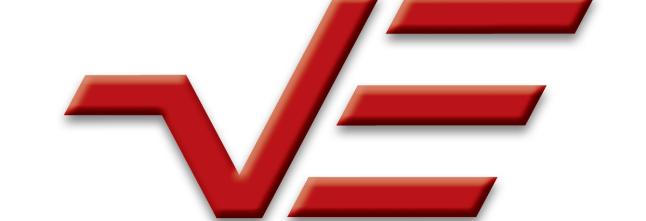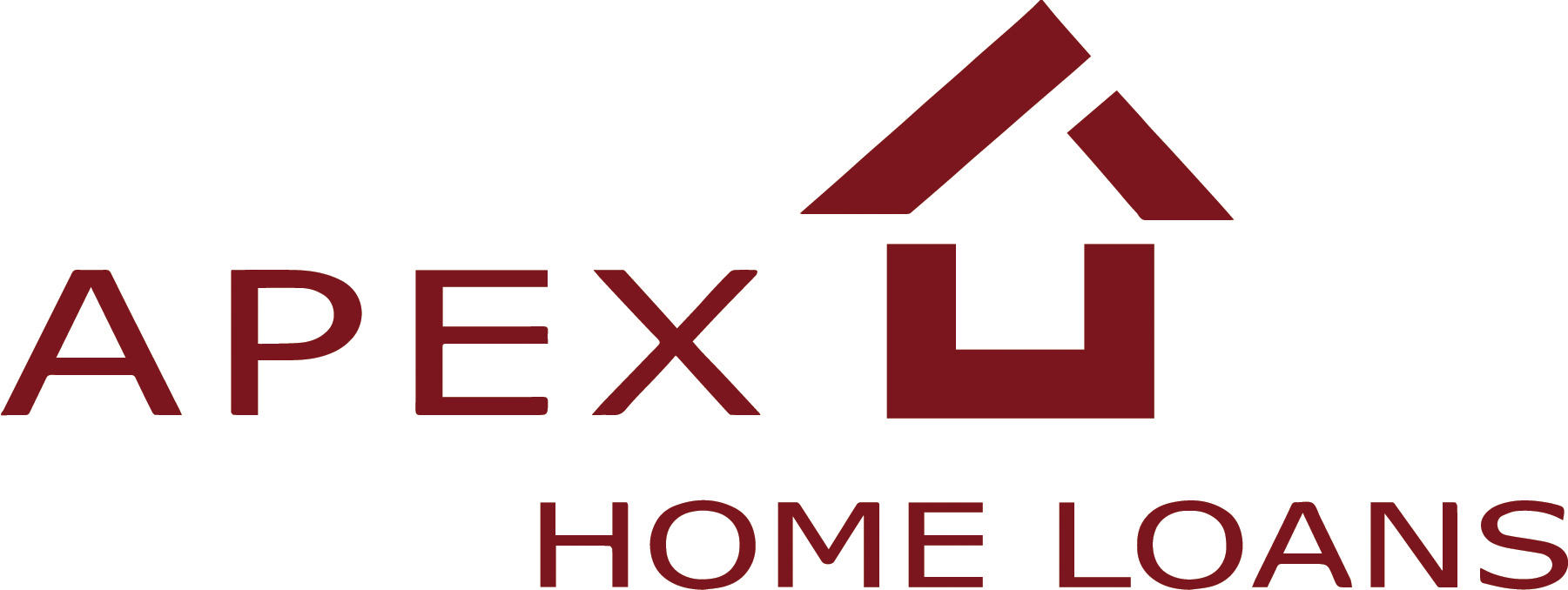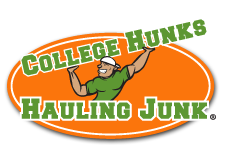![]()
Impeccable Customer Service Tip #602
“Be so good at what you do that when your customers expect the same level of service from a competitor, they’re considered too demanding!”
-Shep Hyken
![]()
Engineering the Customer Experience
![]()
“Be so good at what you do that when your customers expect the same level of service from a competitor, they’re considered too demanding!”
-Shep Hyken
![]()
![]()
Speak kindly, when speaking to others about your customers. If you sometimes cannot, then say nothing. If you’re never able to, then you’re probably in the wrong business.
![]()
![]()
Do you know how your people are speaking of the company, inside and outside of work? Good or bad, customers and prospects are often listening to what’s being said and allowing this to color their perception of you.
![]()
“A lot of times, people don’t know what they want until you show it to them.” –Steve Jobs
You probably own a cooler, but you’ve likely never heard of Ryan Grepper before now. Ryan is an inventor who engineered a much-needed refresh for portable coolers.
Aside from the addition of tires, cup holders, and telescoping handles, coolers have remained about the same for nearly 50 years. If I asked you how to improve this popular household item, you’d probably say you’d never given it much thought – (after all, we’ve just lived with the same general design for as long as most of us can remember).
After a moment, you might request a bottle opener or suggest better overall workmanship to avoid the broken hinges and cracked drain caps that result from normal wear and tear. Ryan found a way to address those concerns and so much more. In fact he took the concept of anticipating customer needs to a place no one has ever gone before.
The Coolest, which recently debuted on Kickstarter.com, has it all — much of it built right in: a bungee cord to stack and secure additional items while on the go, a removable divider, and integrated storage. It’s also clever enough to incorporate extra-wide tires, which make it more beach-ready than leading models.
That’s not all, though. The Coolest uses a powerful rechargeable battery, the latest lighting advancements, and even wireless technology:
Under the lid, you’ll find:
On the outside, you’ll discover:
Now that’s innovation.
The modern automobile was born in 1886. In those early years, manufacturing was focused on functionality and not necessarily on creature comforts. But I imagine people got thirsty while driving way back then, just as we do today, and brought along a beverage from time to time. Some 70 years later, cup holders were just beginning to make their way into mass-produced vehicles.
The origami-inspired, white Chinese food container was introduced in the late 1800s. And, although the residential counter-top microwave oven was introduced in 1967, it would be a few decades before we’d see the removal of those metal wire handles from our Chinese food containers (allowing us to place those boxes in the microwave without blowing it up).
What do cars and take-out have in common? Both examples show how those industries responded (decades later) to a common customer need. Responding to needs is important, but what if there were a way to anticipate them instead?
There is a difference between meeting needs and anticipating those needs. (Hint: Anticipating often requires innovation.) Here are two ways to understand and appreciate that difference:
When you think of some of the world’s most innovative brands, what companies come to mind? Amazon.com, Starbucks, Google, Apple, and Nintendo have all made the Forbes top 100 list of The World’s Most Innovative Companies. Companies like these have made the practice of anticipating customer needs (innovation) a part of their culture.
Many companies have even appointed a Chief Innovation Officer, while others have chosen to make this sort of ideation and creativity a required part of everyone’s role. Either way, there’s real value here. Encouraging a culture of innovation, particularly as it pertains to anticipating customer needs can be a real differentiator.
Companies like the ones listed above are typically held in high regard, attract some of the most talented employees, make a positive difference in the business world, and often realize tremendous financial success.
The bottom line: Innovation does more than equate to anticipating customer needs. Innovation generates buzz and drives profitability.
![]()
Allow your team to spend as much or as little time with each client as is needed/wanted (by the client). Let them read your clients and engage with them at their own pace. There’s no rushing relationship building and remarkable experiences.
![]()
![]()
Give as much — if not more — time/patience/focus to your clients after the sale as you do leading up to it. People notice changes in approach, care, and demeanor, and they value follow-through support.
![]()
![]()
“It’s much harder to provide a great customer service than I would have ever realized. It’s much more art than science in some of these other areas and not just about the facts but about how you are conveying them.”
-David Yu, Chief Operating Officer, Betfair
![]()
![]()
If you haven’t defined “Remarkable Customer Service” WITH* your staff, then you shouldn’t be surprised to see them behaving in a way that makes you cringe. *Your people will support what they help to create.
![]()
![]()
If you went undercover inside of your own company, what would you be most fearful of discovering about the customer experience?
![]()
![]()
Be prepared to adapt and even bend for your customers, whenever possible (and reasonable). Remember the spirit of the law is much more important than the letter of the law.
![]()









.
.
.